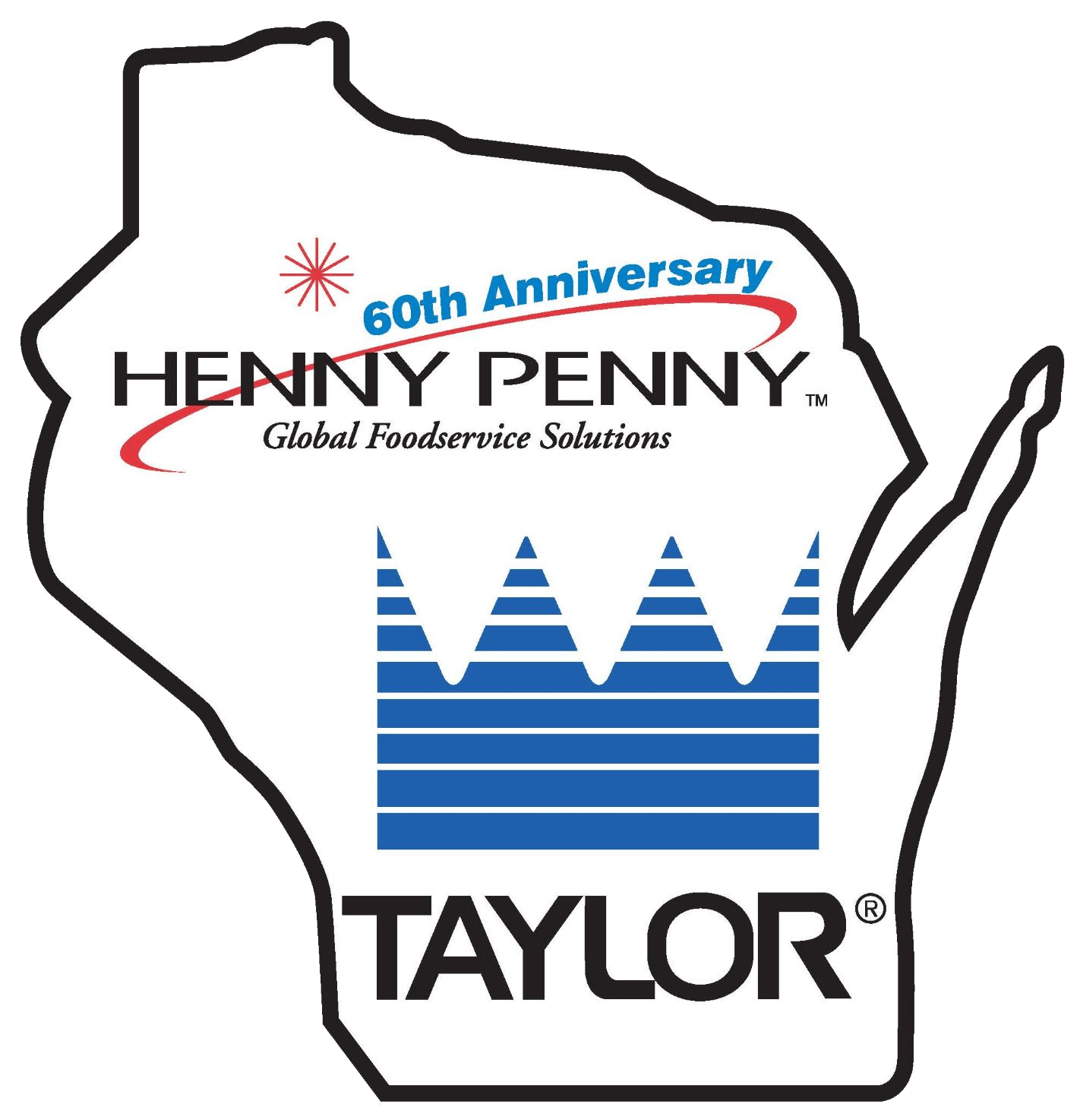Menu boards for restaurants matter in more ways than one. The aesthetics of these signs are just as significant as the content, which makes choosing the right menu board an incredibly important decision.
There is not always just one decision, as the right menu signage for a restaurant can actually include a strategic combination of menu boards. There are three considerations that should always be part of the process:
- Aesthetics of menu boards
- Functionality
- Menu board placement
The first consideration, aesthetics, is an important question for restaurant owners and managers. Menu boards are an integral part of creating an atmosphere and building a brand. A chalkboard creates the perfect first impression for a sidewalk café, but may not fit with the brand of a fast food restaurant. In addition to customer impressions, the menu board needs to fit with the restaurant décor and logo colors.
In addition to fitting with the brand, menu boards must be easy-to-use, both for the restaurant and potential customers. Menu boards need to be highly visible and easy-to-read for customers. For this reason, all menu signage should be large and in an easy-to-read font that fits with other restaurant materials.
For restaurant managers and owners, menu boards should also be customizable. This customization is especially helpful when changes to the menu are made (both to menu items or price). Simply, a crossed-out item can play a part in customers’ impression of the business. This can be especially helpful for restaurants that change their menu or add new menu items frequently.
The placement of menu boards is just as vital as the aesthetics. Menu boards should be strategically placed for customers to read and use. Common areas for placement include near the door, at the counter(s), or in areas that attract customers.
Digital Menu Boards
Digital menu boards are a great option for restaurants who need easily customizable and visible menu signs. When choosing a digital menu board, restaurant managers should look for menu boards that don’t require ongoing fees for software. Boards that don’t require an internet connection are also recommended, so the board operation is not interrupted.
Pros: Highly visible, easily customizable (for restaurant graphics and menu changes), professional-looking signage, easy-to-control in main office, easy to display menus in restaurants with multiple locations, easy to mount throughout restaurant on one or several screens
Cons: May not always fit with brand colors and restaurant décor, does require an investment in system and screens
Chalkboards
Chalkboards give restaurants a unique feel and can be an easy way to draw customers into the location. These menu boards can be the only signage or part of a collection of menu boards, especially when used to highlight seasonal menu items or drink menus. When choosing the right chalkboards for menu boards, restaurant managers should look for boards (and chalk) that is highly visible and fits with the restaurant décor. In a dimly lit restaurant, additional lighting may be required to make menus more visible to patrons.
Pros: Creates a unique restaurant atmosphere, easily customizable, easy to mount throughout restaurant
Cons: Not always very visible, may require extra lighting, does not always fit with brand colors and restaurant décor
Printed Boards
Printed menu boards look incredibly professional and can be designed expressly with logos and brand graphics. These boards are one-of-a-kind and easily mounted, though they may need to be periodically reprinted when they start to show signs of wear and tear.
Pros: Highly visible, professional-looking signage, able to be printed with logo and brand colors, easy to get custom signage that fits with restaurant décor and on walls
Cons: Not easy to make changes when menu changes, may wear and need periodic reprinting, requires an investment in signs
